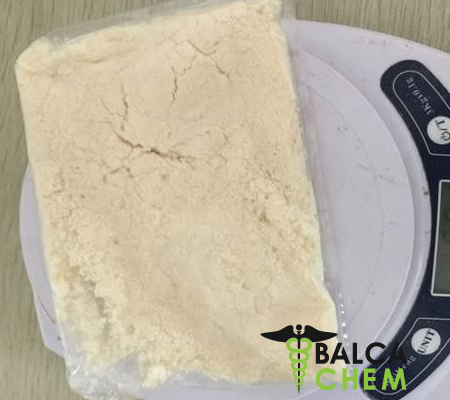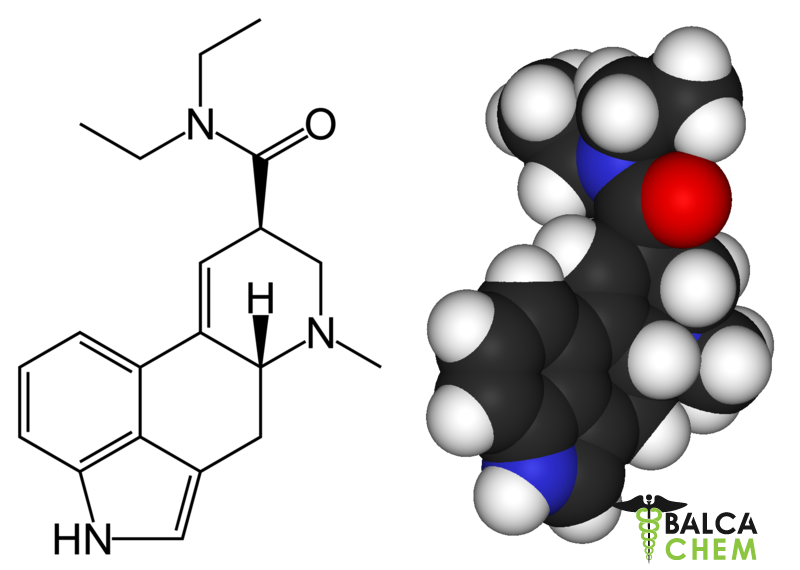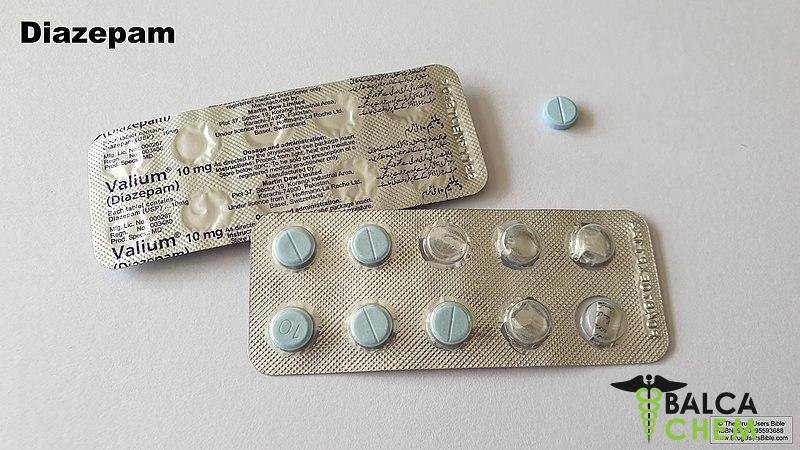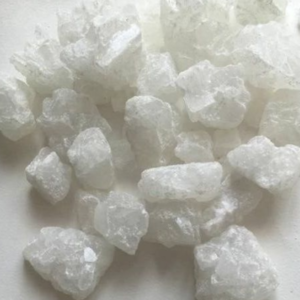Introduction
Synthetic cannabinoids (hereafter CS) are a broad and heterogeneous group of substances, some of which are capable of simulating the effects of cannabis. Speaking more precisely, they are chemical substances synthesized by man and not present in nature, with an affinity for one or more cannabinoid receptors.
Some of these CSs are sold as “legal substitutes” for cannabis. This document aims to summarize its main characteristics, which are:
- They have been discovered in recent decades, mainly by scientific research laboratories, but also by anonymous chemists.
- They bind to CB1 receptors and produce cannabinoid-like psychoactive effects.
- Its consumption is usually described as less pleasant than that of cannabis.
- They are sold over the Internet and in many countries their sale has not been prohibited, allowing the manufacturer to avoid legal consequences.
- Data related to their potential health risks are non-existent or, at best, very scarce. They have not been investigated in humans, so their toxicity is unknown.
Finally, guidelines are given to reduce risks for its consumption.
What is a cannabinoid?
Many chemicals exert their effects on the human body by binding to receptors in their cells. Using an everyday simile, the process is similar to trying to insert a key into a lock. As we all know, when carrying out this action it can happen: a) that the key does not fit in the bolt, b) that the key enters the bolt and allows the door to be opened and c) that the key enters the bolt but does not open the door, thus preventing the entry of the correct key. Cells are capable of secreting substances that bind to receptors on other cells, and through this mechanism, they manage to communicate with each other. Most drugs exert their effects on the mind by occupying those same receptors, and cannabinoids are no exception.
Among the hundreds of different receptors that inhabit cells in the human body, there are two that particularly interest us: the cannabinoid receptors CB1 and CB2. They are distributed differently throughout the body; the CB1 predominate in the brain and reproductive system, whereas CB2 is mainly in cells of the immune system. These and some other lesser-known receptors form the so-called endogenous cannabinoid system. A cannabinoid is thus any chemical compound capable of activating any of these receptors. They can be divided into three groups: endocannabinoids (produced by the body’s own cells), phytocannabinoids (produced by plants), and synthetics.
The cannabis plant has more than 70 cannabinoids, but the nature of its psychoactive effects will mainly depend on two: THC and CBD. This is so because the rest do not have psychoactive effects or are not present in sufficient quantity to produce them.
THC partially activates CB1 receptors, producing euphoria, distortion of reality, and thought laughter … but also often undesirable effects such as anxiety, tachycardia, fear, paranoia, or difficulty concentrating. CBD indirectly blocks the activation of CB1 receptors and on its own is hardly psychoactive. Its importance lies in that it attenuates the undesirable effects of THC.
History and appearance of synthetic cannabinoids
The sale of dried plants without psychoactive interest, carefully packaged and marketed as “legal alternatives” to cannabis, is not a new phenomenon. However, in 2004 the online sale of a product called Spice was detected, sold as incense and labeled as unfit for human consumption, but that when smoked produced powerful cannabinoid-like effects. This led to the suspicion that the product contained more than just dried herbs, but it was not until 2008when the presence of synthetic cannabinoids in these mixtures was demonstrated. They were JWH-018 and JWH-073, two drugs not controlled in those days by any country in the world. In short, the crushed vegetable matter is a mere inactive excipient, on which the manufacturer adds powerful substances, which are responsible for the effects perceived by the user.
The product was successful, and similar ones quickly emerged. Due to its rapid spread, some countries have banned its sale. Producers reacted by replacing the banned cannabinoids with more unknown ones not yet controlled, which the authorities banned again, and so on until today.
But where do so many new substances come from?
Some cannabinoids present in the cannabis plant, such as THC, have interesting therapeutic properties, although many aspects limit their use in medicine. One of them is precisely what the recreational consumer is looking for since at therapeutic doses many produce psychoactive effects. These are referred to as unpleasant by most patients, who don’t feel like going on all day. Likewise, there is also a risk of triggering psychotic episodes in predisposed subjects, or of worsening the course of existing mental illnesses. For this reason, as early as 1940 some researchers began to synthesize new cannabinoids, hoping to isolate their therapeutic effects from their psychoactive effects.
The discovery in the 1980s of CB1-CB2 receptors, and their involvement in a multitude of diseases, further encouraged the search for new cannabinoids, in the hope of finding promising patentable drugs that would exceed the therapeutic properties of phytocannabinoids. In total, there are hundreds of new molecules, the synthesis and mechanism of action of which was described (and continues to be described) in dozens of scientific articles, and we must add to the list all those created by “clandestine” chemists.
Nomenclature
These compounds are usually identified by the initials of the researcher who discovered them, or by the name of the university where they were first synthesized, followed by a number. For example, some of the main groups, along with their most famous representatives, are:
- JWH (John W. Huffman): JWH-018, JWH-073
- AM (Alexandros Makriyannis): AM-2201
- HU (Hebrew University): HU-210
- CP (Charles Pfizer): CP 47,497
- WIN (Sterling-Winthrop, Inc.): WIN 55,212-2
Form of presentation
It is very common for synthetic cannabinoids to be mixed with herbal preparations to be smoked, emulating the route of consumption that cannabis users are used to. The mix is usually sold in an attractive bag, under various brand names (Skunk, Spice, K2, etc.). It is also possible to find them in the form of different colored powders or in the form of an oily paste.
The form of presentation (trademark, appearance, or color of the powder) is not indicative of the chemical composition of the product.
Dose, times and routes
They depend on the specific synthetic cannabinoid and, in most cases, few data are available in this regard, beyond anecdotal experiences reported in consumer forums.
Desired and unwanted effects
Many of these substances activate CB1 receptors and therefore produce cannabis-like effects. Among the effects sought by consumers include:
- Feelings of relaxation
- Hilarity, laughter
- Increased appreciation of music and the senses
- Reduced nausea and pain
- Increased creativity.
On the other hand, synthetic cannabinoids seem to lead to side effects more frequently and more intensely than with cannabis:
- Panic
- Paranoia
- Nervousness
- Reduced ability to concentrate
- Confusion
Being a regular cannabis user, even in large quantities, does not protect against these side effects. Regular marijuana users who report bulging panic attacks or intense paranoia after smoking a synthetic cannabinoid are not uncommon.
Altogether, the majority of users report fewer pleasant effects and more undesirable effects than with cannabis. This has been described in a recent study, in which 975 users who had tried synthetic cannabinoids, 93% reported preferring the effects of cannabis.
Serious side effects and deaths
Adverse effects associated with its use have been described, which does not cause cannabis, some of them serious:
- Vomiting
- Agitation
- Cardiac arrhythmias
- Chest pain
- Myocardial damage
- Epileptic attacks
- Acute kidney failure
- Eat
Deaths associated with its use have also been described. As they are mostly unknown substances, emergency services, and health professionals will have great difficulty dealing with any problem derived from their consumption.
Some of these cannabinoids are also potent activators of the CB2 receptor, which we have seen to be found in cells of the immune system, and it is not known whether their consumption could lead to diseases of the immune system. Finally, it is believed that some could give rise to highly carcinogenic compounds when combusted, and metabolized by the liver. Due to the complete absence of medium and long-term human studies, it is not possible to confirm or rule out these or other serious health risks. In short, the limited data available today indicates that these are much more toxic substances than cannabis.
Legality
It is extremely variable depending on the country and the substance being considered. Official sources must be consulted for each particular case.
Precautions and Risk Reduction
What makes consuming these substances very risky is that we know practically nothing about them. This makes it difficult for the consumer to make a decision by properly suspecting the pleasures with the risks, since the latter are mostly unknown. In any case, the few data that we have today indicate that the consumption of the cannabis plant is more pleasant and less risky than the synthetic cannabinoids that have been sold so far. This supports the main recommendation, which is: do not consume them.
If understanding the risk of its consumption, someone decides to experiment with synthetic cannabinoids, it is imperative to follow some recommendations:
- To start, it is essential to analyze what we are going to consume since this type of product does not go through any quality control. Knowing the composition can give you an idea of the effects that will be felt, better assess the risk, or rule out consumption if it were a particularly toxic substance. Energy Control allows free analysis; For more information, follow that link.
- Once you know the substance or substances contained in the product, before deciding whether or not it is convenient to consume it, read as much information as possible, especially regarding effects, dosage, duration, and side effects. In the absence, often, of proven scientific information, it is necessary to resort to what other consumers have about adverse or unexpected effects, inadvisable doses, encountered problems, etc. A good starting point is Erowid and the Drugs-forum and Bluelight forums. It is also possible to contact Energy Control for personalized advice.
- It is necessary to be very cautious when experimenting with these substances, and it is advisable to carry out tests with very small doses in a familiar and safe environment, accompanied by someone sober, who can act in case of a problem. Since the medium and long-term risks are unknown, it is advisable not to go beyond strictly experimental and occasional consumption. It should also be borne in mind that any mixture with other drugs will make the experience and the risks even more unpredictable, so it is better to avoid mixtures.
Contraindications
There are situations in which consumption puts other people’s lives at risk, or in which certain health problems make serious adverse effects especially likely. In these cases, consumption should be avoided. They are the so-called contraindications: pregnancy, lactation, driving a vehicle or operating dangerous machinery, cardiovascular problems, liver, kidney, diabetes, psychological disorders, or if you are going through a bad streak.












